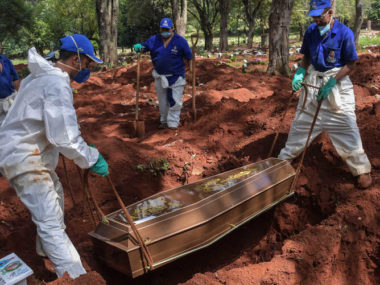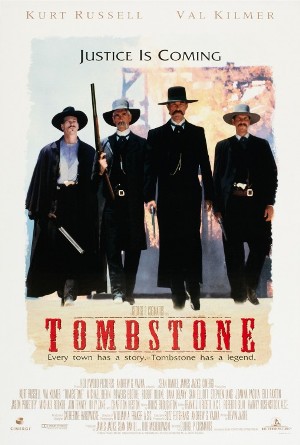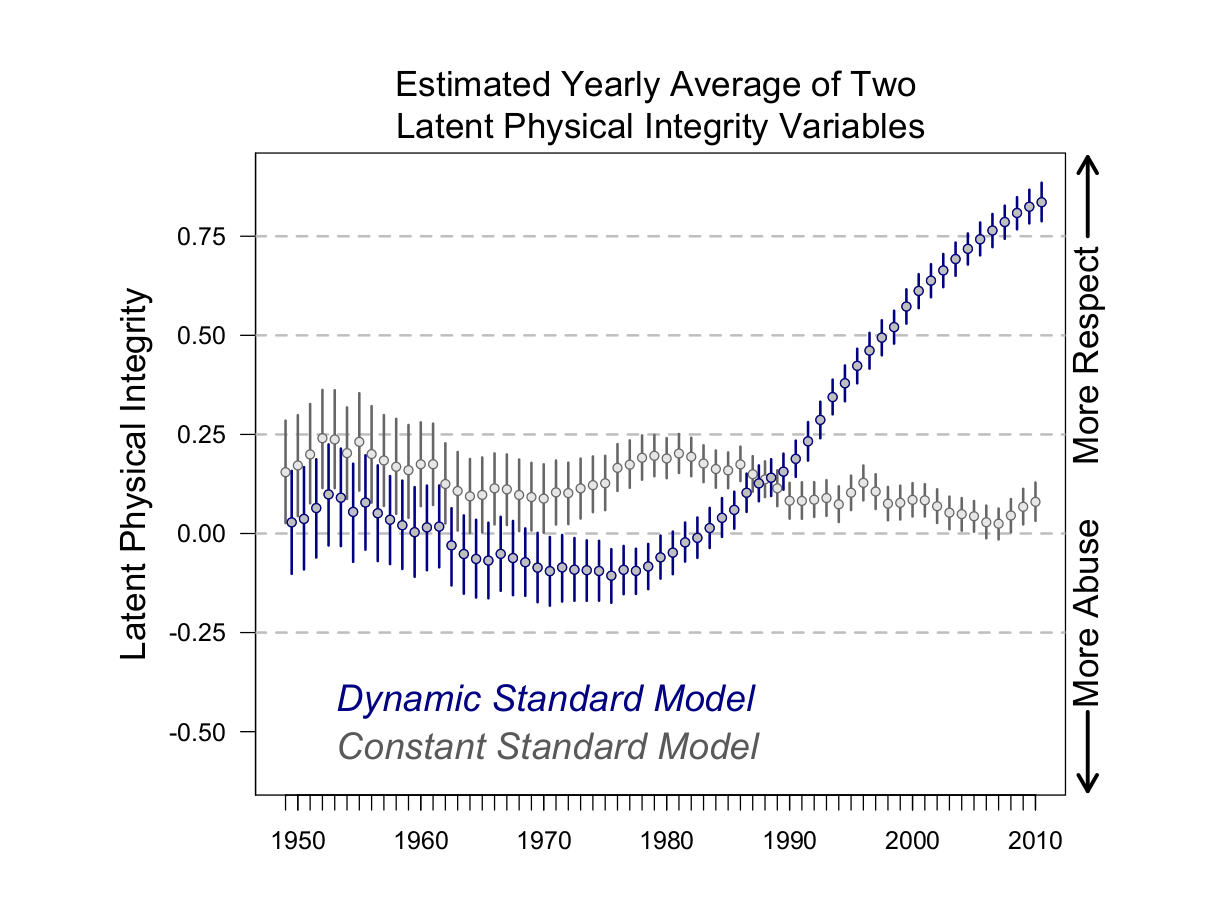The International Crisis Group’s latest report on Syria makes for some compelling reading and offers a treasure trove of potential research questions for conflict scholars (especially the first-hand interviews with regime and opposition forces buried in the footnotes). To date, it appears to be the most detailed analysis of the micro-dynamics of the Syria conflict I have seen. While some of its major findings will be familiar to what Balcells and Kalyvas find in previous wars in Spain and Greece respectively, hopefully some of its key takeaways will inspire future papers and ISA panels.
A few of points to chew over:
First, in cities and areas with the greatest sectarian mix – especially along the Western coast, such as Tartus and Latakia – there has been remarkable calm and little violence. Mixed communities apparently see such grave potential for mass violence that they largely keep a tight lid on potential sectarian tensions. The mechanism may be slightly different from what Horowitz (1985) and others intuited several years back – that heterogeneous ethnic societies must form coalitions to be effective, thus predicting less violence (that is, the relationship between ethnic diversity and conflict is nonmonotonic). But in a similar vein, in such areas the potential for mass atrocities is so great that diversity is in effect a deterrent to violence. Conversely, in areas that are more Sunni or Alawite-dominant, violence has been much greater (and more one-sided). Fragmentation, we know, is a poorer predictor of violence than polarization. But income strata are less clear at determining violence distributions. In Syria, several middle class areas, especially in or around the city of Homs, have become safe-havens of sorts, for reasons left unclear. Other areas spared much of the fighting have become flooded with internally displaced persons (IDPs). What’s interesting is that both sides of the war have appeared to recognize these regions as informally de facto safe areas for IDPs and have not been seized (this brings to mind Robert Alexrod’s examples of tit-for-tat trench cooperation among troops in World War I), Raqqa by the Turkish border and Doma south of Damascus being the two exceptions.
Second, areas newly liberated by rebels soon become targets of mass shelling. The approach regime forces take is straightforward: They try at first to take rebel-held areas with ground forces. If that fails or is perceived as too costly, they employ mortars or artillery, improvised bombs or rockets “to raise the cost of supporting or being associated with the opposition.” Presumably these attacks are less precise and the casualty counts among civilians higher. This hews to what we know in the literature from Kalyvas and others on the logic of indiscriminate violence in civil wars. But, interestingly, what is occurring in Syria is that once areas are “liberated” by rebels mass internal refugee flows begin preemptively, since residents fear mass and indiscriminate retaliation by regime forces. Of course, this presents a paradox of sorts: The rebels chalk up victories by controlling territory, but whenever they seize a town or checkpoint, it instantly puts a bulls-eye on the local population, who probably resent the rebels and probably prefer the ex-ante safe-haven their town enjoyed prior to being “liberated.” In a war whose frontlines are as fluid as Syria’s, an argument could be made that controlling territory and announcing it to the world may be harmful to one’s cause, not helpful.
Third, throw out your Timur Kuran. There will be no “tipping points” or “revolutionary thresholds” in this conflict. It is not as if the violence gets ratcheted up high enough, or the opposition can just seize X amount of territory or achieve Y in terms of its numbers, those in Assad’s inner circle will be tipped towards updating their preferences and carry out a coup. They’re not going to budge. Even Alawites who are no fans of Assad realize that the regime is full of good-intentioned Syrians who love their country and that the absence of a regime or an Islamist-led one is more frightful. So we should disabuse of the notion that the war will end with a mutiny in Damascus — it will end when one side wins or the other side concedes. As the report writes, “the sides periodically harbour the hope that, somehow, at some point, the balance will shift conclusively to their advantage. This is a naive, dangerous and terribly costly illusion.” Moreover, the prospect of a negotiated settlement – read: a Geneva II conference – is one of “make-believe.” This we also know from the literature on armed violence: If both sides still believe they can win and are this invested, why settle for something less than what they can win outright on the battlefield? Neither side has an incentive to negotiate. So the solution, sad to say, appears (at least for the time being) to be military, not political. This is not to advocate “giving war a chance,” only to acknowledge that neither side appears to have much incentive to lay down their arms and make concessions at the moment.
Part of the problem is that defections are way down. They appear to go up when there is this euphoria and hedging but now as the regime makes strides, fence-sitters are standing pat. (In this sense, maybe defection thresholds do work similar to what Timur Kuran famously described in Eastern Europe? There is a probably more than a little “preference falsification” at the moment as groups like the Christians take a wait-and-see approach to the war.) The report claims that an interesting knock-on effect of the defections is that it has made the Syrian army more cohesive and effective. As a senior official put it, “Defections among army ranks have been numerous. We estimate that tens of thousands switched sides. But that meant they left behind the more reliable and motivated troops. In my view, defections are the single most important factor in explaining subsequent army cohesion” (Crisis Group interview, Damascus, May 2013). This would be a very interesting avenue of academic research, to see how defections affect short and long-term morale during war.
Fourth (and a rare piece of good news), escalation cannot happen much more inside Syria. The regime has already thrown everything it has at the rebels. It’s not like it is saving some secret weapons it has not deployed up until now. Even chemical weapons have been used. So any serious escalation by the regime is unforeseeable, according to the ICG report (that said, of course, the regime could start carrying out Srebrenica-style massacres, though arguably it has already done so on a smaller scale). Escalation therefore will be mostly external – we will see it in Lebanon, Iraq, and possibly Jordan. This is not to say the worst is behind us. The death count will climb and possibly even at a more rapid clip in the near future. But the regime does not have the manpower to really escalate, and so expect more of the same – or what the report calls “protracted attrition.” That equation could change, of course, if outside powers begin to involve themselves more.
Which brings us to the fifth point: We seem to assume outside parties or external backers consist of states but in this conflict many of the foreign sugar daddies are private individuals with parochial interests.Whether that individual is Qatari or Saudi may not matter. Whether that individual is Qatari or Saudi may not matter. As one Saudi official told the ICG, “some assistance comes from individual Saudis and Syrian exiles based in Saudi Arabia; how can we stop them? They transfer cash from bank accounts in Europe which we do not regulate, and they do it for a good cause. But that means it might end up with groups on the ground that differ from the ones we would like to support” (interview, November 2012).
Finally, we should be more discerning when we refer obliquely to the “opposition” or the “regime” on monolithic entities. As the report indicates, “The regime comes as a package deal – an inseparable whole, whose more acceptable elements cannot be dissociated from its least tolerable ones without bringing the entire edifice down.” On the outside we tend to associate all of the Assad regime as a ruthless dictatorship. There are obviously death squads within the ranks but there are also bureaucrats just going about their day-to-day lives who would like nothing more than for this war to end. They keep the state running. Parts of the state has evolved into something that resembles a large militia, but it maintains the trappings of state (e.g. its first lady was seen giving humanitarian assistance in Aleppo). Many of its supporters probably can’t stand Assad, but the regime protects ordinary citizens from roving gangs better than opposition forces do. Likewise, the opposition is a ragtag bunch. Though parts of the Army of National Defense is well-organized — in an implicit shout-out to Jeremy Weinstein’s work — the rebel side often attracts garden-variety criminals who “wish to erase their past” as a substitution to conscription. Hence, there is a real fluidity to rebel alliances, especially in the north, as fighters move in and out of various movements glomming on to whichever appears to be the best funded or most armed. This suggests that rebels are attracted to success, not party, identity, or religion per se. They are like an NBA “journeyman” with little allegiance to team or city – they just want to win and get that championship ring. In this regard, they fit the opportunist category. It is because of the erratic flow of funds and weapons that gives rise to this “landscape of factions vying for resources, fighting over spoils and reshuffling their alliances.” All this talk of a divided opposition is a consequence, not a cause, of our dithering and inability to arm one faction in a cohesive fashion, contrary to what most policymakers in Washington say.






0 comments
Syria is not a “treasure trove” — it is a tragedy. To describe Syria as a treasure trove for scholars — or for anyone else — strikes me as perverse and inappropriate. Lionel, I’m sure your intentions are good, but not sure I see the justification for this sort of crassness.
Lionel claims that Syria is a “treasure trove of potential research questions.” The crassness of this statement aside, his analysis offers little in the way of an actual discussion of any real research questions. Really what the author has done is discuss how Syria may or may not fit with existing literature, some of which (see Weinstein) is not great research–why can people only be either consumers or investors and never both? Thus, from my perspective this piece is a bad literature review.
What the author should have been discussing is the interaction between the strategic setting and violence. In other words, how does the fact that cities are vital strategic points affect the types of violence in this conflict? What is even more important, how have the facts that the Syrian population is very well educated and secular affected the types violence used by rebels, the proliferation of Islamism?
If Lionel was seriously thinking about research questions he would also probably ask: how have social networks in urban and rural areas affected the nature of violence in Syria.
But hey, I’m just commenting on a blog post, not the actual writer, so what do I know?